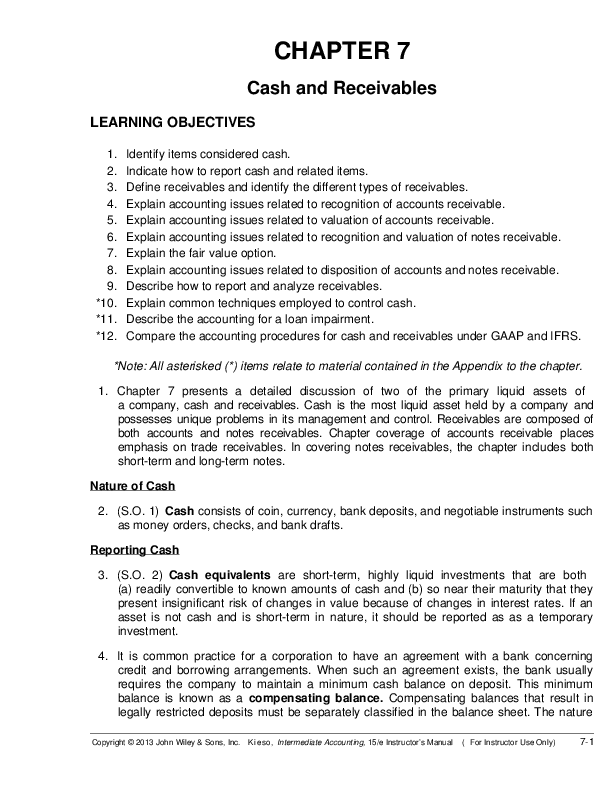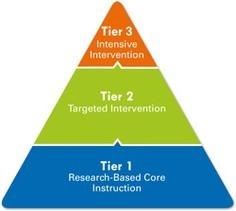Determining if an Employer is an Applicable Large Employer Internal Revenue Service

By adding the full-time and part-time hours worked, we can calculate the total number of hours worked by all employees for the year as 109,000. In practice, FTE is measured by companies to estimate the number of full-time employees employed within a specific time frame. With 14 employees, 7 of which are full-time and 7 part-time, the staffing capacity is 9.04 full-time employees per year.
In a 0.75 FTE position, an employee will typically work 75 percent of the hours of a full-time employee. If a working week is 40 hours over 5 days, a 0.75 FTE employee will work just 30 hours in that same period. Let’s say you have four full-time employees, three part-time employees working 20 hours a week for 30 weeks per year, and one part-time employee working 15 hours a week for 52 weeks per year.
- When you’re writing “full-time” as part of a title, you might get a bit stumped when it comes to capitalizing it.
- (They may opt to give their employees a generous raise or some extra time off).
- They also use it to calculate labor costs for the expected project workload and subsequently define the funds needed to finish a project.
Get this by multiplying the number of full-time employees by the number of hours in a working week (usually 40, though sometimes less). It is then important to note that some FTE calculations do involve a fair amount of assumptions. For example, some governments may simplify the process by assuming each part-time worker to be 0.5 FTE, regardless of the hours they work. Some may even assume any employees who work more than 20 hours a week to be 1 FTE. Therefore, before making a decision using the FTE metric, it is best to check if there are any rules or requirements worth considering.
Step 4. Add annual hours worked for full-time employees and part-time employees
To identify the FTE of part-time employees, divide the total hours worked by part-time employees by the annual hours worked by one full-time employee (i.e., 2,080 hours). Full-time equivalents (FTEs) is a metric that measures the total number of full-time employees you have based on hours worked rather than the exact number of employees. Each part-time employee counts as a fraction of one FTE based on how many hours they work on average. Moreover, having accurate FTEs for all employees will also help employers determine responsibilities towards them, their PTO rates, and whether the business is eligible for certain federal programs. Once you decide why you want to use FTE, identify the appropriate calculation method, and follow it through.
‘Toxic’ workplace alleged at NY agency regulating gambling – Olean Times Herald
‘Toxic’ workplace alleged at NY agency regulating gambling.
Posted: Mon, 21 Aug 2023 01:20:00 GMT [source]
Basically, every word in the title is capitalized, whether it’s a noun, article, or something else. Take your learning and productivity to the next level with our Premium Templates.
Are owners included in FTE for PPP?
The calculation is straightforward — divide the employee’s scheduled hours by the number of hours that represent an official weekly full-time schedule in a company (e.g., 40 hours per week). This could refer to either a single full-time employee or two or more part-time employees whose contributions add up to the equivalent of one full-time worker. Some labor laws and employee benefit programs are linked to how many employees a company has on its payroll.
DATA: See how Klein ISD’s student enrollment, staffing has changed … – Community Impact
DATA: See how Klein ISD’s student enrollment, staffing has changed ….
Posted: Mon, 21 Aug 2023 13:55:00 GMT [source]
By this measurement, your four part-time workers amount to just less than one and one-quarter of a full-time equivalent employee. If you have a mix of full-time and part-time employees, the full-time equivalent (FTE) lets you represents the full-time hours that all of the employees in your business work. FTEs are important for checking HR metrics and determining tax statuses for your business, but luckily they’re pretty easy to calculate on your own. Keep reading to find out everything you need to know about calculating FTEs and how to use them. All the above-mentioned factors end up costing the company something and affecting its bottom line.
What Is Full-Time Equivalent (FTE) & How Is It Calculated?
When determining if an employer is an ALE, the employer must measure its workforce by counting all its employees. See Q&A #s11 and 44 on our employer shared responsibility provisions questions and answers page for more information. Back to our sample company ABC, employee Gina works 0.25 times the amount of a full-time employee. On the other hand, employee Janet works 1.25 times the amount of a full-time employee and may receive a higher salary than 1.0 employee. Without knowing how many employee hours they have available, a company may commit to more work than they can realistically complete, or they may underestimate their capacity and pay for more workers than they need.
And some state and federal employment laws only apply to companies who meet a certain threshold of FTE employees. For example, measuring FTE from month to month, or even week to week, helps to track overall workloads and expected employee output, even as part-time schedules chop and change. In this article, we will not only explain to you the FTE meaning, but we will also provide examples, helping you fully understand how to calculate FTE for your company.
This tells you how many FTE employees your part-time workers add up to. Add this to the number of actual full-time employees you have to find your total FTE. FTE calculations can also help track salaries and labor costs within the organization. For example, HR departments can use FTE calculations to standardize the working hours and salaries of employees working on a part-time basis.
What is an FTE employee?
The full-time equivalent converts the hours worked by part-time employees into hours worked by full-time employees. To determine your eligibility for the small-business tax credit, you’ll need to use a different system for counting FTEs. First, count the total number of employees who worked at your company at any time during the year, both full-time and part-time.
Multiply the total hours worked in a week by 52, the number of weeks in a year, to find the number of hours worked annually. FTEs are calculated in different ways for different accounting uses or for calculating eligibility for different federal programs. Yearly, a company generally considers an FTE to be valued at 2,080 hours.
If you want your PPP loan to be completely forgiven, you need to keep the number of FTEs during the 24-week PPP period the same as it was prior to COVID-19. So, how can you calculate the FTE of your company and make sure you’re eligible for PPP? Just indicate how many employees work at your company, how many hours they work a week, and for how many weeks. Our model will then instantly calculate the Full Time Equivalent for you. To find the equivalent of a full-time day, divide the total number of hours by 8.
A full-time employee for any calendar month is an employee who has on average at least 30 hours of service per week during the calendar month, or at least 130 hours of service during the calendar month. If the company considers 30 hours as full-time, an employee working 30 hours would be a full-time equivalent employee. If a company considers 40 hours as full-time, an FTE employee would be someone who works 40 hours, or two employees working 20 hours would be considered 1.0 FTE. Each company determines how many hours they consider full-time, calculating the number of hours worked each week by the number of workweeks a year. For example, a company might consider 40 hours a week, 52 weeks a year, as full-time.
How to calculate FTE?
Generally speaking, you can arrive at your own FTE by following the steps below. Our FTE calculator allows you to calculate FTE in 4 simple steps. It applies the following procedure, which we explain through an example for a hypothetical company.
If an employee works 40 hours a week, they count as one full-time employee or 1.0 FTE. An FTE calculation is a method for measuring how many full-time employees are present at a company, alongside the number of part-time employees that in aggregate can be translated into full-time terms. To be required to provide COBRA continuation coverage, a company must employ at least 20 full-time equivalent employees on more than half of its working days in the past year.
The unit is obtained by comparing an employee’s or student’s average number of hours worked to the average number of hours of a full-time worker or student. A full-time person is therefore counted as one FTE, while a part-time worker / student gets a score in proportion to the hours he or she works or studies. For example, a part-time worker employed for 20 hours a week where full-time work consists of 40 hours, is counted as 0.5 FTE. You can work out the Full-Time Equivalent by dividing an employee’s scheduled hours by the employer’s hours for a full-time workweek. The Full-Time Equivalent is the number of hours a business considers a full-time employee to work.
Simply enter the number of full-time employees, then add up all the hours worked by part-time employees (for the previous week), and don’t forget to enter the hours of your standard workweek (which is generally 40). This way, you will be able to determine the number of full-time equivalent workers in your company even when you have part-time workers on-site. Full-time employees usually work more than 30 hours a week or more than 4 days a week.

The FTE definition refers to the number of hours of work of a full-time employee. FTE has several different uses and several different calculation methods, depending on why you want to calculate it. It will help you plan your project work, set deadlines, and work out your budget. Within this method, the employee Full time equivalent is credited with 40 hours for each week when payment was due (including PTO). Within this method, you add up all actual hours worked (including PTO). A 100% FTE is the same as a 1.0 FTE — it may point to one person working a full-time schedule or several people fulfilling the duties of one full-time position.
